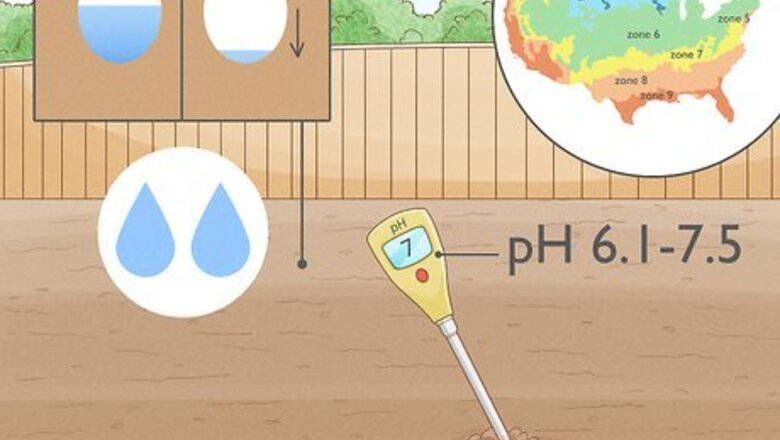
views
Picking Out a Spot for Your Poplar
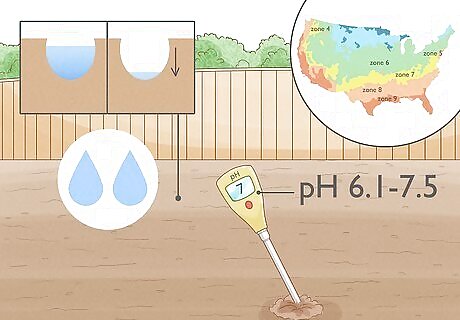
Look for a spot where the soil is moist but well-drained. Tulip Poplars will suit clay, loam and sandy soils that are moist but well-drained. Their preference is for acid or neutral soils (pH 6.1-7.5). They can live in zones 4-9. Avoid planting your tree in dry, shallow soil. Tulip Poplars generally won’t thrive in shallow clay soils and tend not to tolerate drought. However, there are some versions of this tree that are native to Florida and will be more drought tolerant than their relatives from elsewhere.
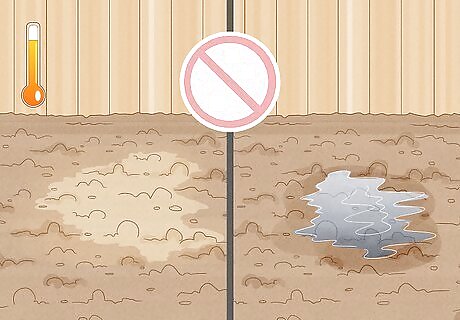
Avoid high-heat and lingering puddles. Avoid planting your tree in a hot, dry part of your garden or in a waterlogged area where puddles linger after rainfall. Tulips Poplars will do best in a rich, deep, moist loam that is well-drained. They prefer a sunny spot but will tolerate partial shade for some of the day.
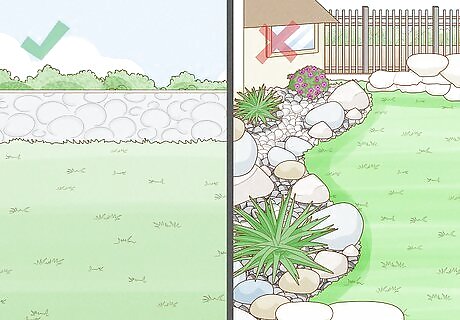
Consider planting your tree in your yard, rather than your garden. Although Tulip Poplars are a well-shaped and attractive tree they are too large for many gardens and present other disadvantages such as their habit of dropping sap everywhere and their vulnerability to wind. They won’t themselves tolerate full shade however if it is shade you want they are a good choice for providing it for other plants if you do decide to plant the tree in your garden. Of course, you will need to plant shade-loving plants around the tree.

Keep sap and pollen in mind. You should note that some people are allergic to the pollen. The tree notoriously has a habit of dropping sap. This is annoying, especially if your newly washed car is parked beneath the tree. Sap can also be blown by the wind. If you are planting your tree in your yard, make sure it is far away from your driveway so that the sap doesn’t get on your car.
Planting Your Tree from a Sapling

Prepare your soil ahead of time. When planting any type of sapling it’s always best to prepare the soil well ahead of time. Incorporate some compost or well-rotted manure into the location for your tulip poplar. To do this: Add a layer of compost and then rake it into the soil that is already there. This will give the soil an added boost of nutrients.
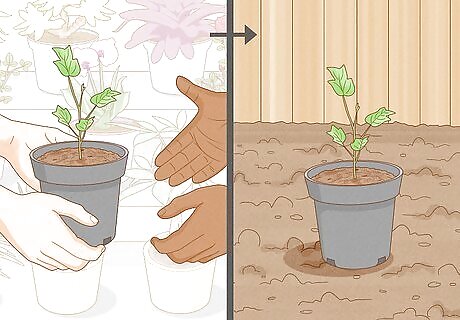
Plant your tree soon after you purchase the sapling. Saplings are supplied as bare rooted plants or potted plants. If you are using bare rooted plants, try to plant them immediately after purchase as they will not survive for a long period of time if they are left uprooted..
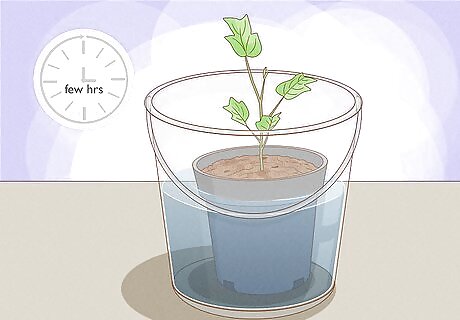
Prepare the sapling for planting. Remove any string or wrappings supplied with your sapling. Soak the roots before planting. To do this: Put the sapling in a bucket of water (ideally rainwater) for a few hours; do not let it soak overnight. Avoid removing any roots or damaging them.
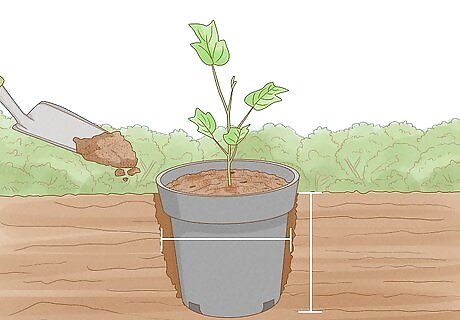
Dig your hole. Dig a hole as deep as your tree roots are long and twice as wide as the roots are wide. If your plant was supplied in a pot, the soil level you plant your tree at should be the same as the soil level of the pot. If the plant was supplied bare rooted, check the trunk of your plant to see where the soil level was before.

Loosen up the roots. If the roots are bunched up, try to loosen them a bit by teasing them out as gently as possible. If using a potted sapling, try to retain as much of the original soil as possible as this helps preserve the roots.

Plant your tree. Place your sapling in the hole you created. Fill in the soil around the sapling. To avoid air pockets, pat the soil down well and then water the sapling thoroughly. However, avoid treading down the soil surface heavily as this can damage roots.
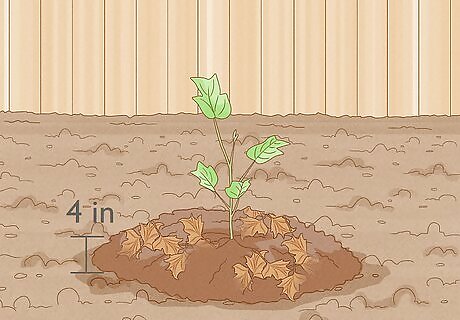
Add mulch to the area. Apply a mulch of about 4 inches (10.2 cm) of compost, leaf mold or well-rotted manure to the surface of the soil. Make sure the mulch covers the whole area under the sapling. This will help protect the roots, keep weeds from growing and retain soil moisture.
Planting Tulip Poplars from Cuttings

Take a cutting from a healthy tree. Tulip Poplars can be grown from seed or from cuttings. Growing from seed will be covered in the next section. To take a cutting: Cut off about 18 inches (45.7 cm) of recent growth (less than 2 years old) from a healthy-looking tulip poplar tree.
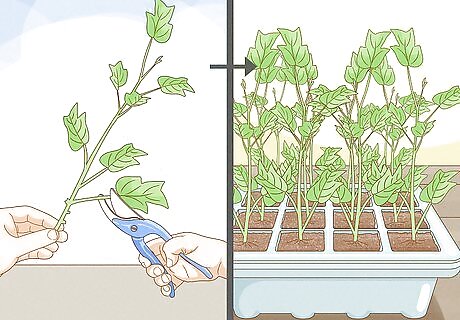
Trim away any leaves or flowers. Along with the leaves and flowers, you should also trim away the lower 2 inches (5.1 cm) of bark using a sharp knife. Dip the peeled end into rooting hormone, then plant it so that about half of the cutting is under the compost in the pot that you have picked out for your cutting. You should plant your cutting in a compost mix that is suitable for cuttings.
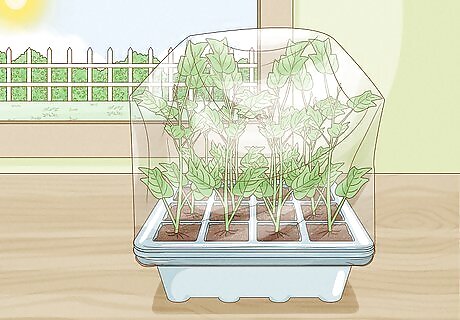
Keep your cutting somewhere bright but out of direct sunlight. One way to do this is to enclose the pot in a clear plastic bag, removed every few days to prevent condensation build up. After a few months your cutting should root. If rooting has been successful, it should resist a gentle tug with your hand.

Move your cutting outside. After several months you can try planting your cutting outside in a semi-shaded area (out of the full midday heat). Once it is established and a bit more hardy, you can move it to wherever you would like it to be in your yard or garden.
Planting Tulip Poplars from Seeds
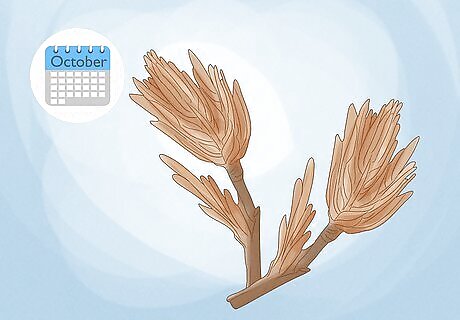
Consider planting your poplar from seeds. If you decide to plant from seed, wait until October when the seeds are ripe. Dry them out for a few days on a plate or tray in your home. After they are dry, soak them overnight in lukewarm water. If you delay planting until spring, keep the seeds in the fridge over the winter in a plastic bag together with a lightly moistened mix of sand and peat.
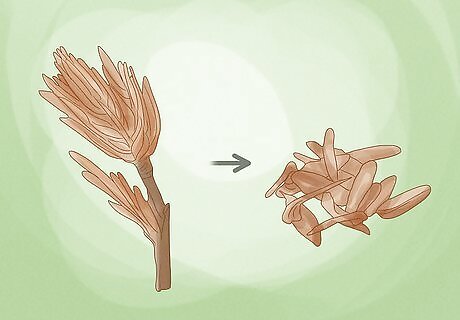
Rough up the seeds. After you have dried them out and then soaked them, you’ll need to rough up the outer coating of the seeds to help them germinate. To do this: You can use sandpaper or wire mesh to scratch up the outside. You can also use a sharp knife to make a nick in the seed.
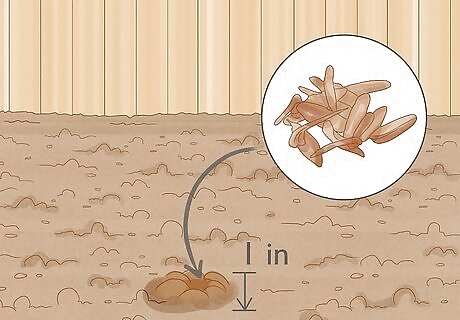
Plant your seed. The seed should be planted a quarter inch deep in an area of your garden that does not get the full heat of the sun at midday. Keep your seed watered until it is established, but avoid the soil becoming too wet.

Care for your tree once it is established. Tulip trees don’t require pruning. Young trees may be browsed by rabbits and deer so consider protecting the young plants for the first few years if these is a problem in your area. You should water young trees during dry periods until they are well-established: usually for the first 3-4 years of their life. If your tree loses its leaves early, this indicates drought.



















Comments
0 comment